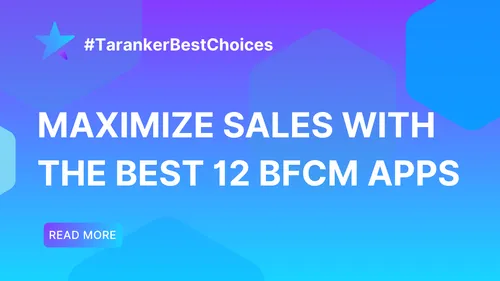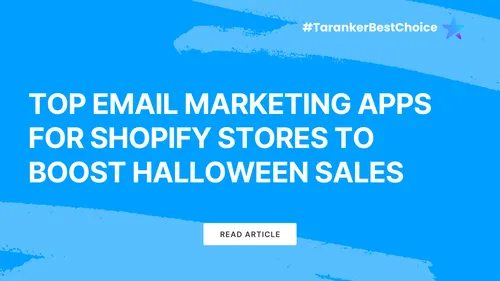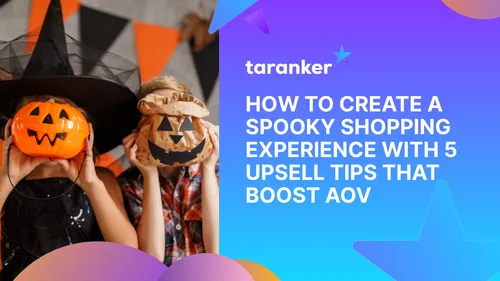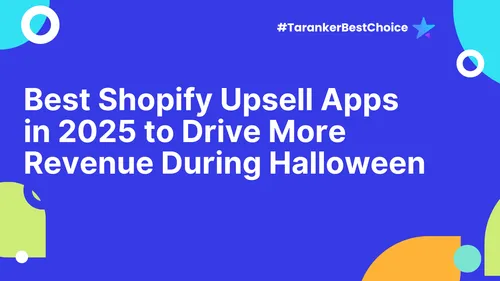In the rapidly evolving e-commerce landscape, Print-on-Demand (POD) startups must stay ahead of emerging trends to remain competitive. As we venture into 2025, several marketing strategies are poised to dominate the POD industry. This article explores five key marketing trends that POD entrepreneurs, especially those on platforms like Shopify, should consider integrating into their business models.
1. Hyper-Personalization Through AI Integration

Consumers in 2025 expect products tailored to their individual preferences. Leveraging Artificial Intelligence (AI) allows POD businesses to offer hyper-personalized experiences by analyzing customer data to suggest designs, products, and content that resonate on a personal level.
Implementation Strategies:
-
AI-Driven Design Recommendations: Utilize AI tools to analyze customer browsing and purchase history, offering personalized product suggestions.
-
Dynamic Content Delivery: Employ AI to customize website content and email marketing based on individual user behavior and preferences.
Example: A Shopify POD store could implement an AI-powered plugin that recommends products with designs matching a customer's past purchases or browsing patterns, enhancing the shopping experience and increasing conversion rates.
2. Sustainable and Eco-Friendly Product Lines

Environmental consciousness continues to influence consumer purchasing decisions. Offering sustainable and eco-friendly products not only appeals to this growing demographic but also positions your brand as socially responsible.
Implementation Strategies:
-
Eco-Friendly Materials: Source products made from organic or recycled materials.
-
Sustainable Printing Practices: Adopt printing techniques that minimize waste and use environmentally friendly inks.
-
Transparent Supply Chains: Provide information about your sourcing and manufacturing processes to build trust with eco-conscious consumers.
Example: A POD startup could offer a line of apparel made from organic cotton, using water-based inks for printing, and highlight these practices in marketing materials to attract environmentally aware customers.
3. Integration of Augmented Reality (AR) for Product Visualization
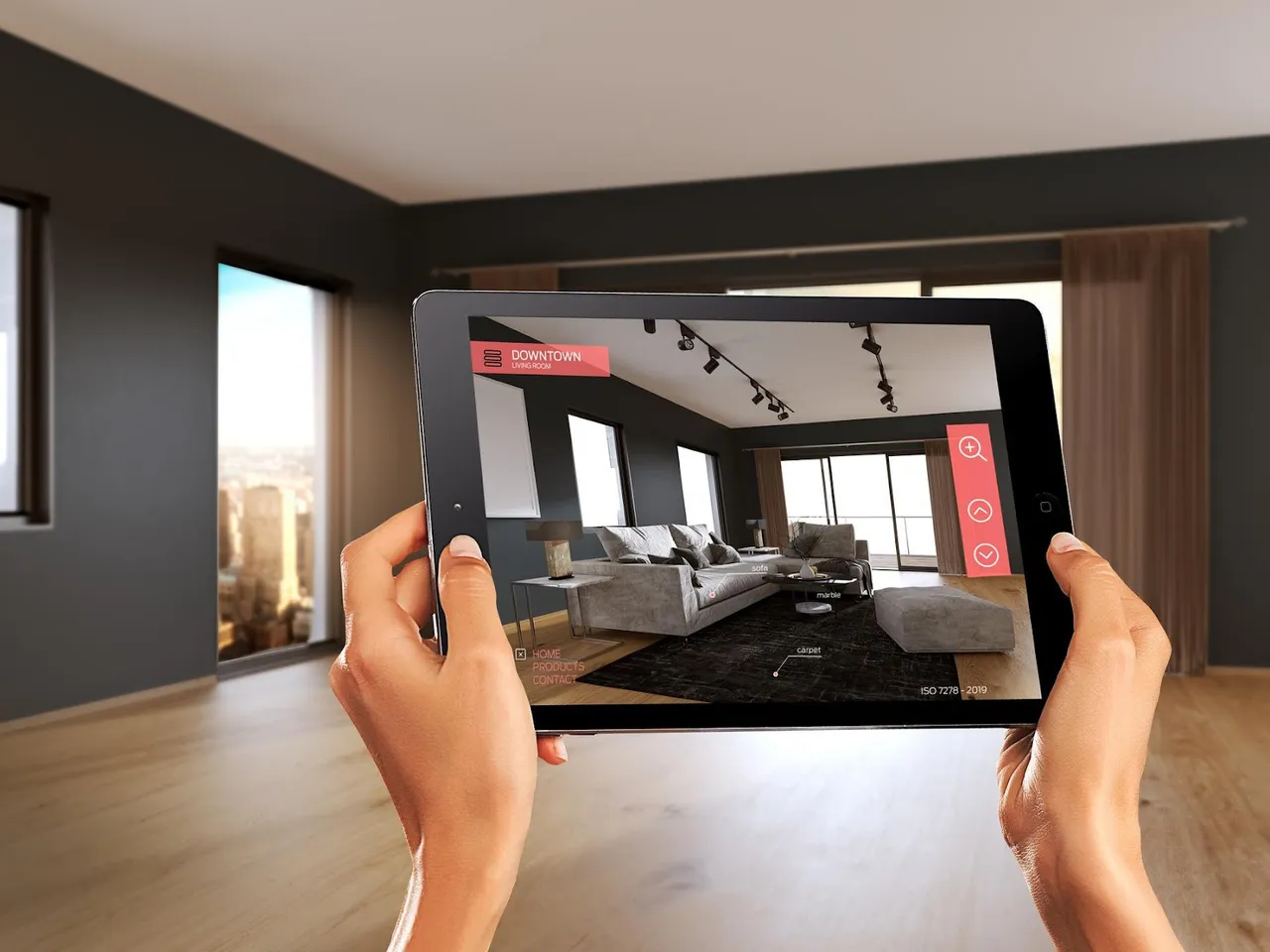
Augmented Reality (AR) technology enhances the online shopping experience by allowing customers to visualize products in real-world settings. For POD businesses, this means enabling customers to see how a design looks on a t-shirt or how a poster fits in their living room before making a purchase.
Implementation Strategies:
-
AR-Powered Mockups: Incorporate AR features that let customers virtually "try on" apparel or view art prints in their space using their smartphone cameras.
-
Interactive 3D Models: Provide 3D renderings of products that customers can rotate and examine from all angles.
Example: A Shopify POD store could integrate an AR app that allows customers to point their phone at themselves to see how a custom hoodie would look when worn, thereby reducing uncertainty and increasing purchase confidence.
4. Expansion into Niche Markets with Specialized Products

Diversifying into niche markets enables POD startups to cater to specific customer segments, reducing competition and fostering brand loyalty. By offering specialized products that cater to unique interests or communities, businesses can establish themselves as leaders in particular niches.
Implementation Strategies:
-
Market Research: Identify underserved niches with passionate communities.
-
Customized Product Offerings: Develop products featuring designs that appeal specifically to these niche audiences.
-
Community Engagement: Participate in niche forums, social media groups, and events to build relationships and understand customer needs.
Example: A POD business could create a line of apparel and accessories featuring designs related to a niche hobby, such as bird watching, and engage with bird-watching communities to promote these products.
5. Leveraging Social Media and Influencer Collaborations

Social media platforms remain powerful tools for marketing, with influencer collaborations offering authentic ways to reach target audiences. Partnering with influencers who resonate with your brand can amplify your reach and credibility.
Implementation Strategies:
-
Influencer Partnerships: Collaborate with influencers whose followers align with your target market to showcase your products.
-
User-Generated Content Campaigns: Encourage customers to share photos of themselves using your products, creating authentic content and fostering community.
-
Platform-Specific Strategies: Tailor content to the strengths of each social media platform, such as utilizing Instagram for high-quality visuals and TikTok for engaging video content.
Example: A POD startup could partner with a popular Instagram influencer in the fitness niche to promote a new line of custom-designed activewear, offering discount codes to the influencer's followers to drive sales.
By embracing these marketing trends, Print-on-Demand startups can position themselves for success in 2025. Staying attuned to consumer preferences and technological advancements will enable businesses to adapt and thrive in the competitive e-commerce landscape.
Frequently Asked Questions (FAQs)
1. How can AI enhance personalization in POD businesses?
AI analyzes customer data to provide personalized product recommendations, tailor marketing messages, and optimize the overall shopping experience, leading to increased customer satisfaction and sales.
2. Why is sustainability important in the POD industry?
Sustainability appeals to environmentally conscious consumers and reduces environmental impact, enhancing brand reputation and meeting the growing demand for eco-friendly products.
3. How does Augmented Reality benefit online POD stores?
AR allows customers to visualize products in real-world settings, increasing confidence in purchasing decisions and reducing return rates by providing a clearer expectation of the product.
4. What are the advantages of targeting niche markets in POD?
Targeting niche markets reduces competition, fosters customer loyalty, and allows businesses to cater to specific interests, leading to a more engaged and dedicated customer base.
5. How can influencer collaborations boost POD sales?
Influencers can authentically promote products to their followers, expanding brand reach, building

